DJI Air 3 is A Powerful and Compact Aerial Powerhouse
As a drone enthusiast and photographer, I’ve had the pleasure of using the DJI Air 3 for over seven months now, and I’m excited to share my long-term Review with you. This incredible drone has proven itself to be a formidable addition to DJI’s lineup, striking an impressive balance between size, price, and performance.
Initial Impressions and East Coast Adventure
When DJI first announced the Air 3, I must admit I was initially disappointed to learn that we were losing the 1-inch sensor that made the DJI Air 2S so appealing. However, those reservations quickly melted away once I started flying and examining the footage. The timing of the release couldn’t have been better for me, as it arrived just days before my five-week trip to the East Coast. This gave me the perfect opportunity to put the DJI Air 3 through its paces and capture some stunning footage in diverse locations.
Dual Camera System: A Game-Changer for Creators
One of the standout features of the Air 3 is its new dual camera system. This setup includes:
- A wide-angle lens for everyday scenarios
- A 3x tele camera for creative shots and getting closer to the action
Both cameras boast the same 1/1.3-inch sensor and are capable of filming in D-Log, ensuring consistent color grading across your footage. The 3x tele camera has proven to be more useful than I initially expected, allowing for creative compression effects and parallax shots that add depth to your videos.
Image Quality: Sensor Size Isn’t Everything
Despite the smaller sensor compared to its predecessor, the Air 3 produces stunning footage. This is a testament to DJI’s expertise in image processing and their ability to maximize the potential of their camera systems. The image quality from both cameras is impressive, proving that sensor size is just one piece of the puzzle when it comes to capturing high-quality images and video.
Vertical Shooting for Social Media
For content creators focusing on social media, the Air 3 offers a vertical shooting mode. While it’s implemented differently than on the Mini 3 Pro or Mini 4 Pro (the camera doesn’t physically rotate), you can set the aspect ratio to vertical in the software. This mode captures at a maximum resolution of 2.7K, which is more than adequate for most social media platforms.
Refinements and Useful Features
The Air 3 comes with several refinements and new features that enhance the user experience:
- USB-C charging for all components, simplifying your charging setup
- A new charging hub design that allows for easy battery insertion and power bank functionality
- A consolidation feature that can combine power from multiple partially-charged batteries into one
- Quiet operation, allowing for discreet filming in various environments
Design and Portability
In my opinion, the Air 3 boasts one of the sleekest designs of any DJI drone. Its compact, foldable form factor makes it easy to carry on hikes or while traveling. The included bag (if you opt for the Fly More Combo) is surprisingly versatile and has become one of my favorite day bags, even when I’m not carrying the drone.
Goggles Compatibility and Firmware Updates
DJI has released firmware updates that make the Air 3 compatible with the Goggles Integra and Goggles 2, as well as the DJI Motion 2 controller. While official compatibility with a regular controller is still pending, I hope to see this added in the near future.
As expected from DJI, they’ve released several firmware updates that not only fix issues but also add new features. These include AR features like drone shadow, AR return-to-home route visualization, and vision assist using the obstacle avoidance cameras.
Flight Performance and Intelligent Features
The Air 3 boasts impressive flight performance:
- Up to 46 minutes of rated flight time (realistically around 39 minutes in most conditions)
- A top speed of 21 m/s (47 mph) when flying forward
- Fast ascent and descent rates of 10 m/s (22 mph)
- 360° omnidirectional obstacle avoidance
The drone includes all the intelligent flight modes you’ve come to expect from DJI, including cruise control, night mode, and the new 360° tracking feature first seen on the Mini 4 Pro.
Positioning in DJI’s Lineup
The Air 3 sits comfortably between the Mini 4 Pro and the Mavic 3 series in terms of price, performance, and size. This makes it an excellent choice for many users who want a balance of features and portability without breaking the bank.
DroneXL’s Take
The DJI Air 3 represents a significant step forward in compact Drone Technology. Its dual-camera system, impressive image quality, and advanced features make it a versatile tool for both amateur and professional aerial photographers and videographers. The drone’s ability to capture high-quality footage in various scenarios aligns well with the growing trend of using drones for drone inspections and other commercial applications.
As we’ve seen in recent DroneXL articles on drone inspections, the demand for compact, high-performance drones in industrial settings is on the rise. The Air 3’s combination of portability and advanced features makes it an excellent candidate for these applications, potentially opening up new opportunities for drone pilots in various industries.
What are your thoughts on the DJI Air 3? Have you had the chance to fly one, and if so, how does it compare to other drones in your experience? Share your opinions and experiences in the comments section below – I’d love to hear from you!
Photo courtesy of Air Photography
Discover more from DroneXL
Subscribe to get the latest posts sent to your email.
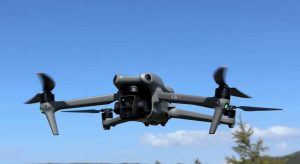
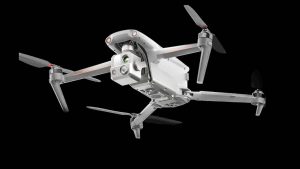


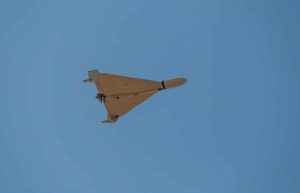
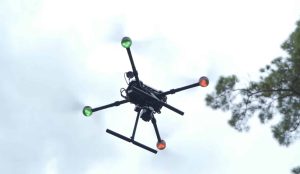
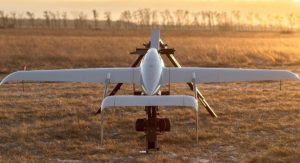
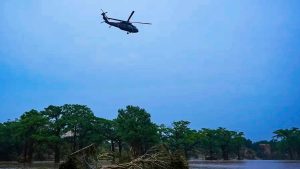

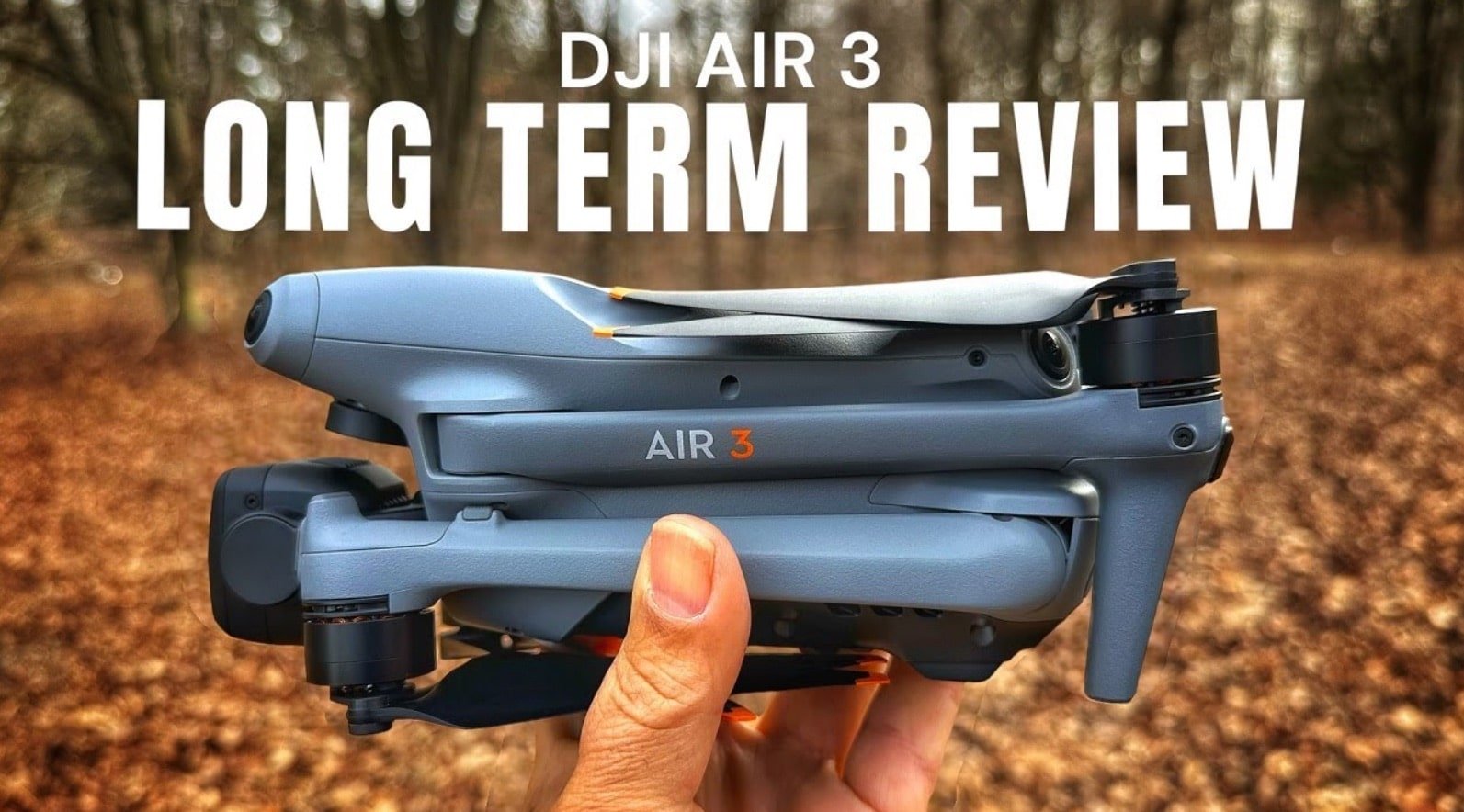

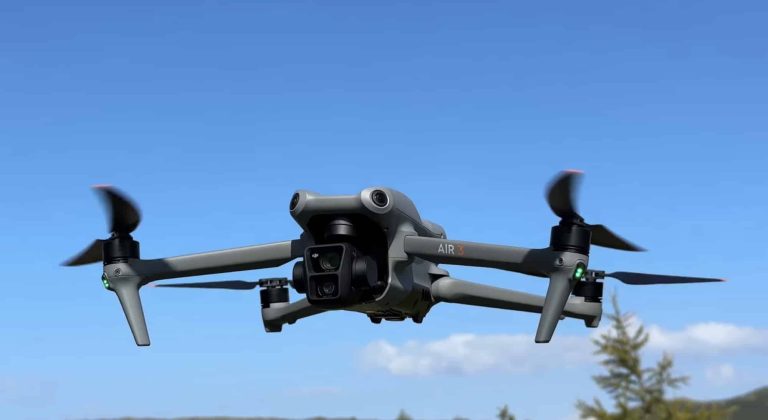
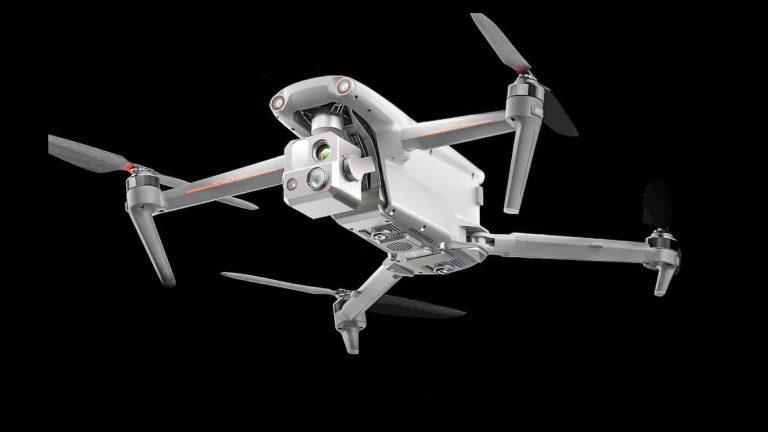
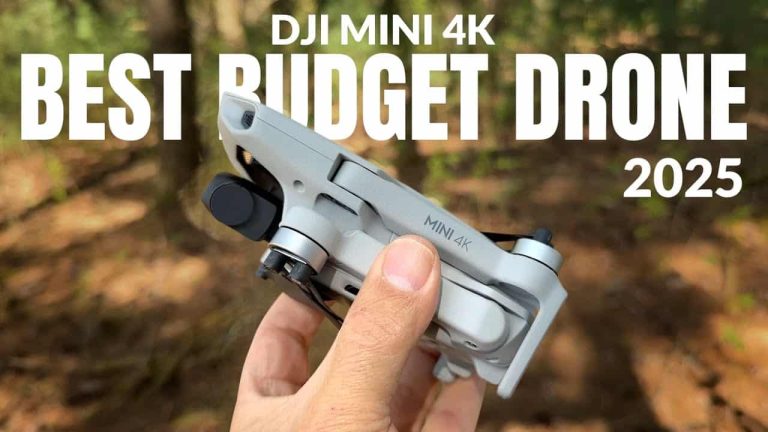
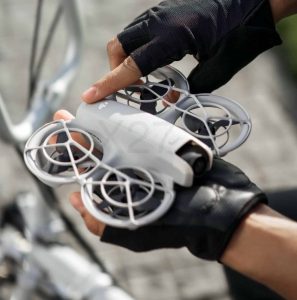
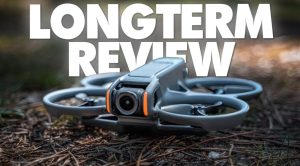

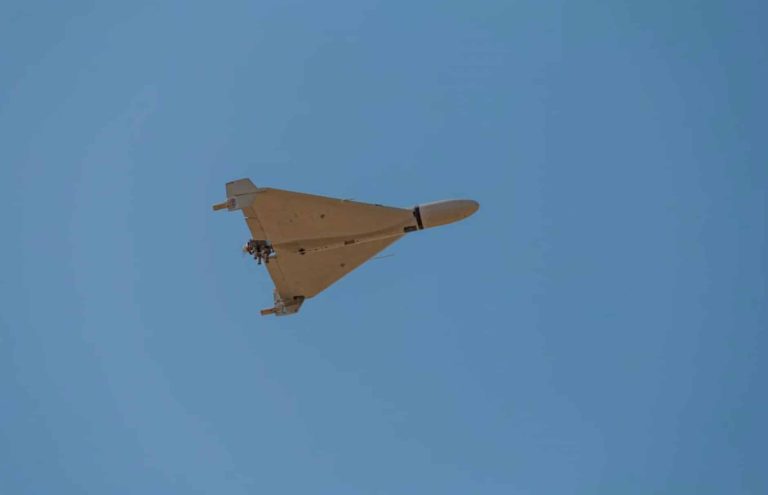
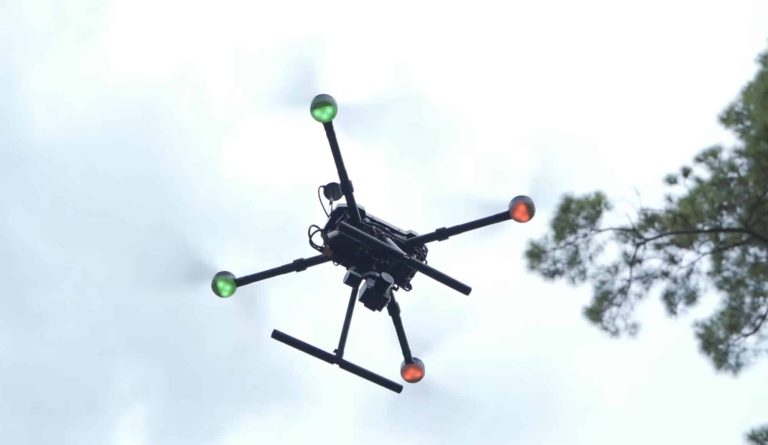
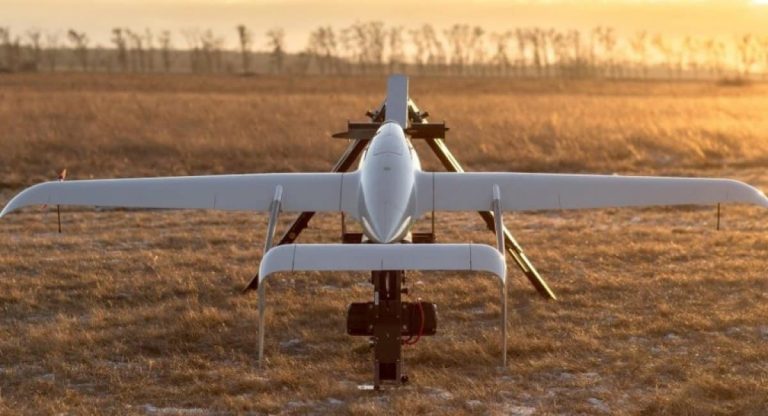
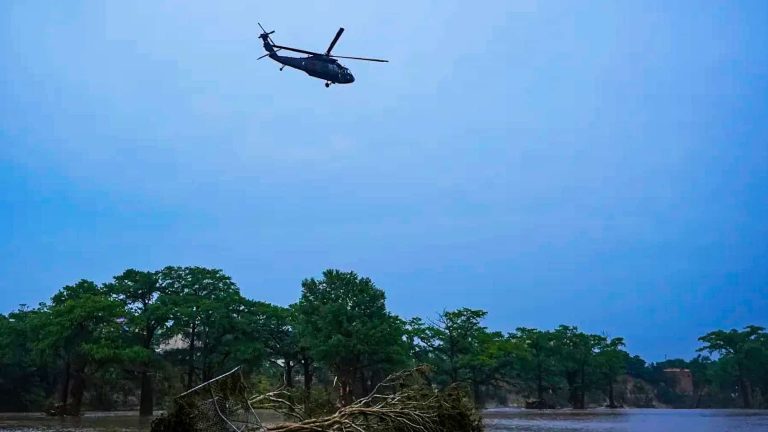
+ There are no comments
Add yours